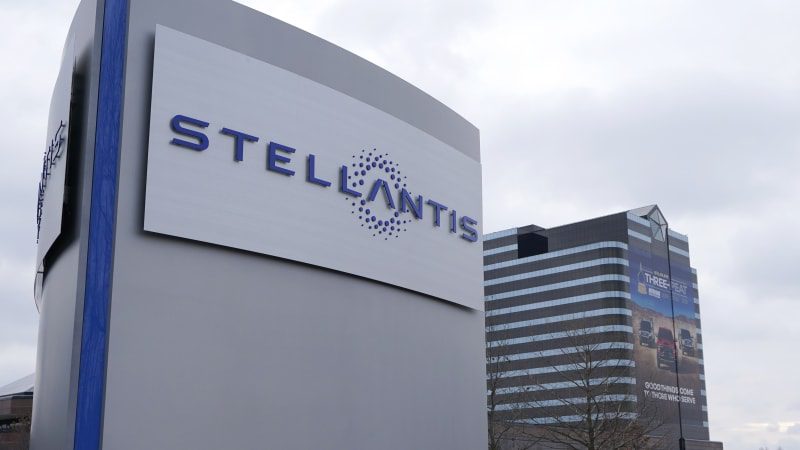Stellantis wants to trim 3,500 hourly U.S. jobs, UAW says

WASHINGTON — Chrysler-parent Stellantis NV wants to cut approximately 3,500 hourly U.S. jobs and is offering voluntary exit packages, according to a United Auto Workers union letter made public Tuesday.
The automaker is looking to reduce its hourly workforce offering incentive packages that include $50,000 payments for workers hired before 2007, UAW Local 1264 said in a letter dated Monday posted on its Facebook page.
Stellantis spokeswoman Jodi Tinson declined to comment. A person briefed on the matter said the figure might be lower than the figure cited in the UAW letter.
In late February, Stellantis indefinitely halted operations at an assembly plant in Illinois, citing rising costs of electric vehicle production.
The action impacted about 1,350 workers at the Belvidere, Illinois, plant that built the Jeep Cherokee SUV and resulted in indefinite layoffs. The automaker has warned it may not resume operations as it considers other options.
The UAW letter said openings created by workers leaving would be filled by workers on indefinite layoff. Stellantis said in February that about 40,000 U.S. hourly workers were eligible for profit sharing.
Last week, UAW President Shawn Fain said Stellantis’ decision to idle the Illinois plant was “a flat-out violation” of the union’s contract with the UAW and is unacceptable.
The UAW will enter talks with the Detroit Three before labor contracts expire in mid-September.
Earlier this month, General Motors said about 5,000 salaried workers accepted buyouts to leave the automaker. GM CEO Mary Barra said February job cuts of a few hundred jobs and the 5,000 buyouts “provided approximately $1 billion towards” a $2 billion cost cutting target.
Ford Motor Co recently announced significant job cuts in Spain, Germany and other parts of Europe and in August said it would cut a total of 3,000 salaried and contract jobs, mostly in North America and India.



